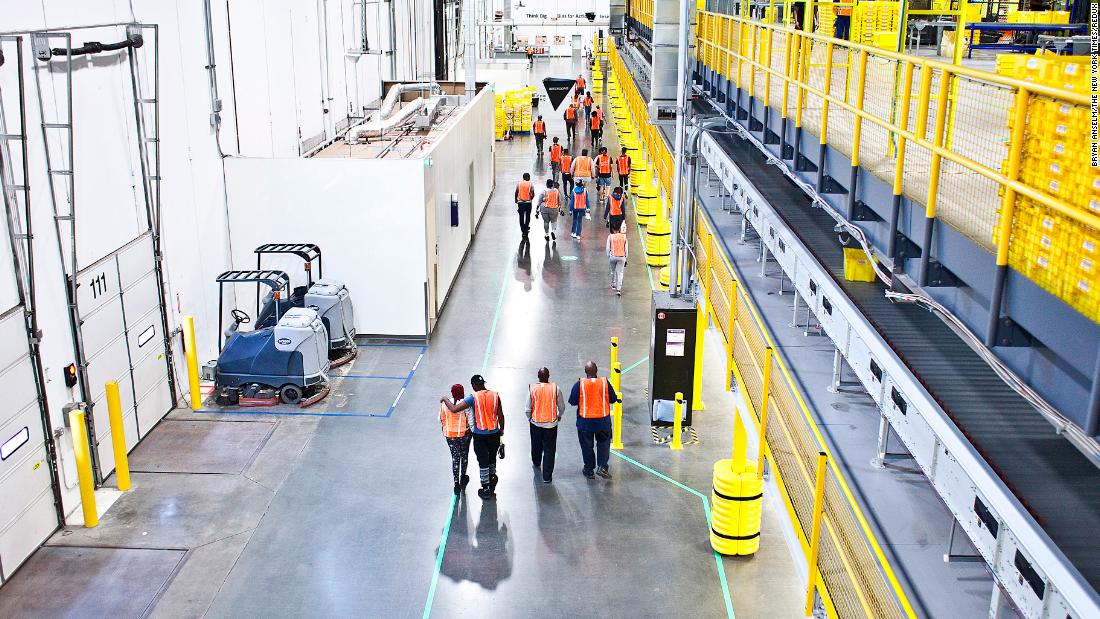
Probably not, despite the rash of stories over the past two years heralding the death of physical stores. But the brick-and-mortar part of the sector sure isn't creating as many jobs as it used to.
US employment in the retail sector grew steadily coming out of the Great Recession, reaching an all-time high of 15.9 million workers in January 2017 (for context, that was nearly 3.6 million more people than the entire American manufacturing workforce).
But after that, growth sagged, and then flatlined. Today, retail employs about the same number of people as it did two years ago, while the rest of the economy has continued adding about 200,000 jobs per month.
Last year, companies announced 98,563 retail job cuts, the highest total since 2009, according to the outplacement firm Challenger, Gray and Christmas. Vice President Andy Challenger thinks the pain isn't over.
"There's still shakeout to come in terms of legacy huge retailers," Challenger says. "The companies that are barely escaping bankruptcy during the greatest expansion in American history, there will always be a downturn, and they will have a very hard time."
Much of this has to do with the rise of online shopping, which stood at 9.8% of all retail sales in the third quarter of last year, up from 3.6% a decade earlier. The truck drivers and package-pickers who deliver your brown boxes mostly fall into the transportation and warehousing sector. Although smaller overall, that industry has grown by more than 30% since the end of the last recession, compared to only about 9% for regular retail.
Retail's employment atrophy is even bigger than it looks. Retail workers have also been putting in fewer hours — 30.5 hours per week on average. That amount has been sinking since the end of 2017, even while weekly hours across the rest of the economy have stayed near their high-water mark.
Another puzzling statistic: There are a ton of jobs available. The job openings rate for retail workers — which indicates how difficult it is for employers to fill their jobs — has exceeded the national average for all sectors for most of the last year and a half.
All of this points to one underlying trend: With the unemployment rate near a 50-year low, workers have better options than working monotonous jobs, on their feet all day, catering to cantankerous customers with unpredictable hours and low pay.
That's why retailers from Walmart to Target have been gradually raising their minimum wages and introducing better benefits, making up for years of stagnant compensation.
But there's another factor at play here: A rash of bankruptcies of companies that private equity funds drove into the ground.
Legacy retailers have been popular targets for leveraged buyouts for years now. Employment at companies taken private has shrunk by 13% on average over two years, relative to comparable firms, according to a working paper presented at the American Economics Association's conference last month by economists at the Universities of Chicago, Maryland, and Michigan and the Census Bureau.
Payless was purchased by private equity investors in 2012 and loaded up with $700 million in debt. Monday, it filed for bankruptcy, announcing it would close all of its 2,100 stores and lay off 16,000 workers.
No comments:
Post a Comment